|
|
# 2022 BlueNose |
|
The fuel consumed by container ships is costly and represents 1% of all global Co2 emissions
BlueNose uses machine-learning and the principles of fluid dynamics to increase aerodynamics. With its algorithm, aerodynamic shapes can be constructed to be implemented on already built container ships, without modifying their original design. This can reduce fuel consumption of container ships by 3 to 5 %, lowering costs and potentially saving up to 8 million tons of CO2 annually.
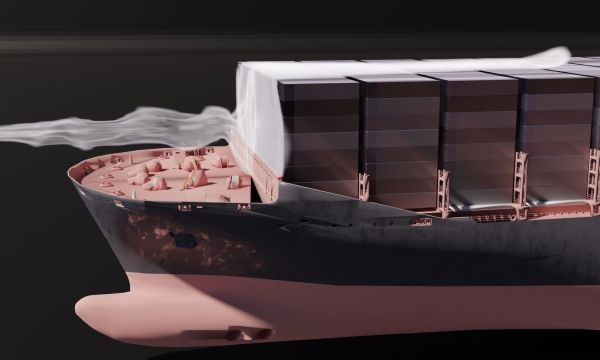
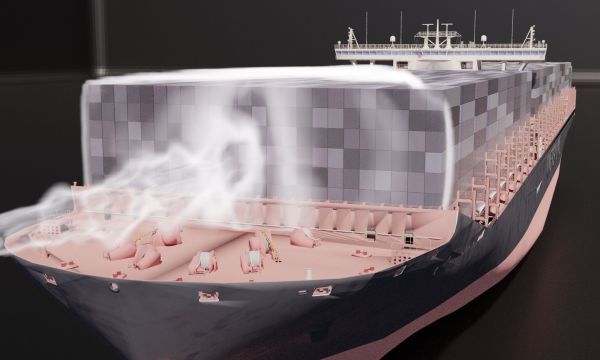



Solution to generate energy whilst capturing carbon

ECAL, Lausanne University of Art and Design
Smartwatch that converts body heat into a power supply